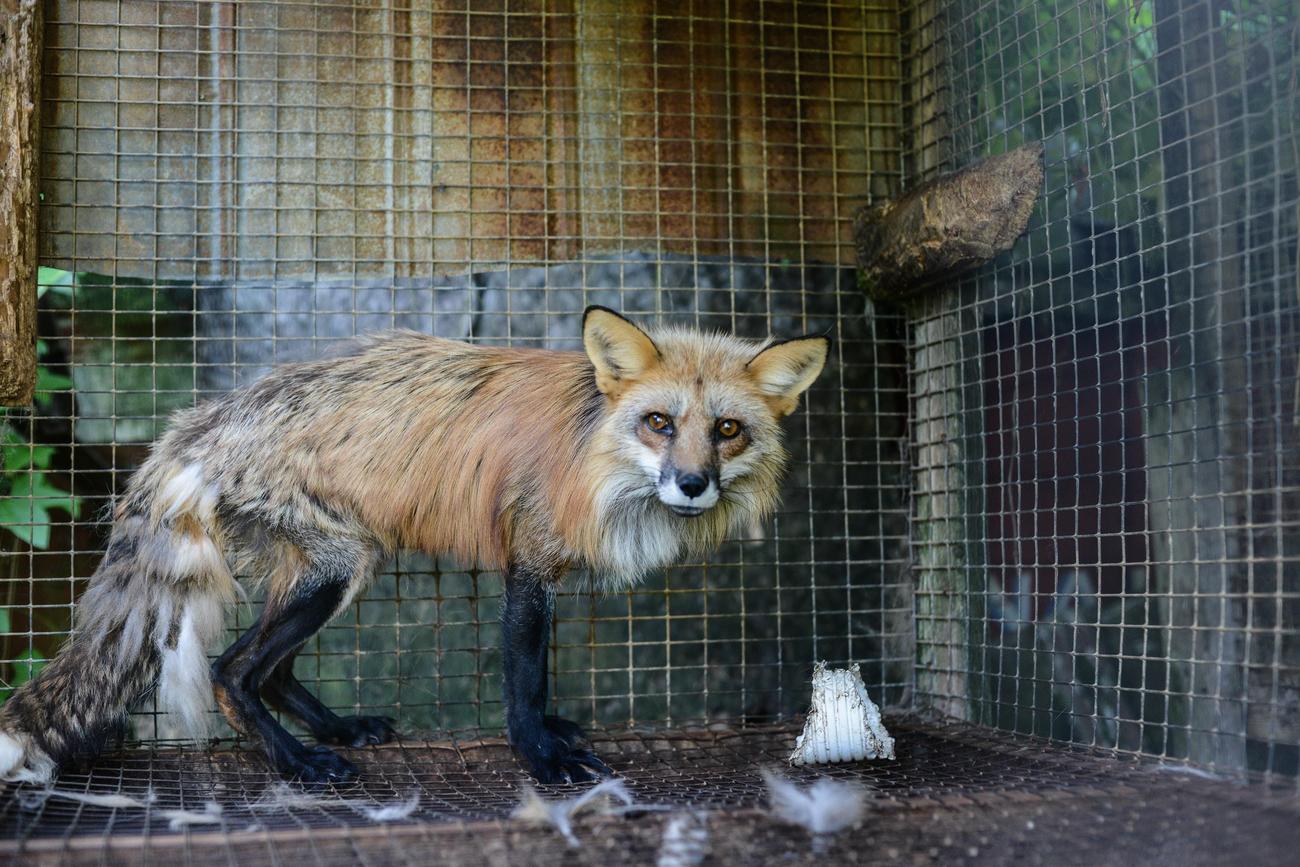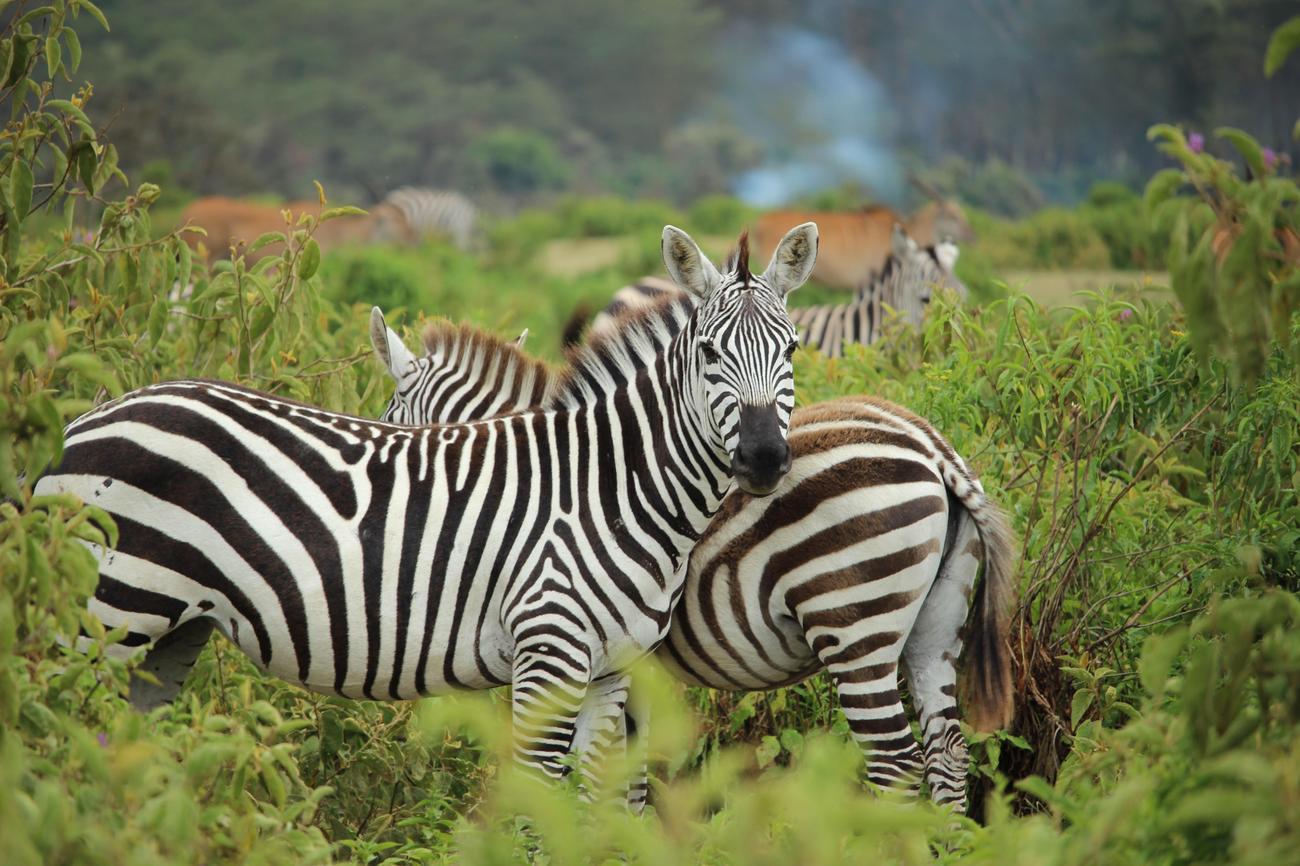Discover the Intricacies of Chaparral Biome Animals and delve into the captivating world of these fascinating creatures. As an experienced wildlife biologist specializing in biodiversity research and conservation, I have dedicated my career to understanding and protecting the unique animals that inhabit the diverse chaparral biome. Through years of fieldwork and a deep understanding of the challenges faced by chaparral animals, I aim to shed light on their adaptive strategies, ecological roles, and the urgent need to preserve their fragile habitat. Join me on a journey that highlights the remarkable adaptations and intricate interconnectedness of the diverse animal species within the chaparral biome.

Chaparral Biome Animals
The chaparral biome is a fascinating habitat that is home to a diverse array of resilient and unique animal species. From agile lizards to majestic birds of prey, these animals have evolved remarkable adaptations to survive in the harsh and unpredictable conditions of the chaparral.
One animal that thrives in the chaparral is the coyote. These intelligent and adaptable creatures play a crucial role in maintaining the balance of the ecosystem. With their keen senses and ability to hunt both small mammals and plants, coyotes are well-suited to the challenges of the chaparral. Their presence helps control populations of rodents and rabbits, preventing overgrazing and preserving the delicate equilibrium of the biome.
Another fascinating chaparral resident is the roadrunner. Known for its lightning-fast speed and distinct appearance, this bird is an excellent hunter and forager. With its sharp beak and strong legs, the roadrunner can catch prey such as insects and small reptiles. It also relies on the chaparral plants for shelter and nesting, making it intricately connected to its habitat.
The San Diego Gophersnake is a reptile found in the chaparral biome that serves as a valuable predator of rodents. Its ability to climb trees and its insatiable appetite for small mammals make it an essential component of the chaparral ecosystem. By limiting rodent populations, the San Diego Gophersnake helps prevent damage to the native plant species that thrive in the chaparral.
In addition to these remarkable predators, the chaparral is also home to a plethora of insect species. These tiny creatures play a vital role in pollination, seed dispersal, and decomposition. For instance, the praying mantis is a fascinating insect found in the chaparral that serves as both predator and pollinator. Its ability to camouflage and patiently wait for its prey is an astounding adaptation in itself.
Birds, insects, and reptiles aren’t the only animals that call the chaparral home. Mule deer are herbivores that have adapted to the limited water resources and harsh climate of the biome by grazing on the low-growing shrubs and grasses. Their large ears and excellent sense of smell help them detect any potential danger, enabling them to survive in this challenging environment.
While the chaparral biome presents numerous opportunities for species to thrive, it also faces significant challenges, including climate change. As temperatures rise and rainfall patterns change, the delicate balance of the chaparral becomes disrupted. Animals must adapt quickly to these shifts, and those that cannot may face threats to their survival. Recognizing and addressing these challenges is crucial in protecting the chaparral and its unique animal inhabitants.
In conclusion, the chaparral biome is home to a diverse range of fascinating animals that have adapted in remarkable ways to survive in its challenging conditions. From the resourceful coyote and the lightning-fast roadrunner to the San Diego Gophersnake and the industrious insects, these animals demonstrate the intricate interconnectedness of the chaparral ecosystem. By understanding their adaptations and roles, we can appreciate the importance of preserving this unique biome and ensuring the future of its extraordinary animal inhabitants.
“The chaparral biome is a haven for incredible adaptations and species diversity, showcasing the resilience and tenacity of these remarkable animals.”
The Chaparral biome is one of the most fascinating ecosystems on our planet. Nestled between the hot deserts and the lush forests, this unique biome is home to a plethora of enchanting creatures and plants. If you are curious to learn some fun facts about the Chaparral biome, click here for an exciting journey: fun facts about the chaparral biome. Uncover the secrets of this diverse and resilient ecosystem, where adaptation and survival are key. Discover how these remarkable plants and animals have adapted to the challenges of living in this Mediterranean-like climate. Don’t miss out on this opportunity to delve into the wonders of the Chaparral biome!

FAQ
Q: What kind of animals can be found in the Chaparral biome?
A: The Chaparral biome is home to various wildlife such as wild boar, eagles, rabbits, sheep, jackrabbits, mule deer, coyotes, lizards, and an array of birds and insects.
Q: What are some common insects found in the Chaparral biome?
A: Some common insects found in the Chaparral biome include praying mantis, ladybugs, and butterflies.
Q: What birds can be found in the Chaparral biome?
A: Birds in the Chaparral biome include hummingbirds, roadrunners, and vultures.
Q: What reptiles inhabit the Chaparral biome?
A: Reptiles in the Chaparral biome include lizards, rattlesnakes, the San Diego Gophersnake, and Komodo dragons.
Q: What mammals are found in the Chaparral biome?
A: Mammals in the Chaparral biome include kangaroos, rabbits, and mule deer.















